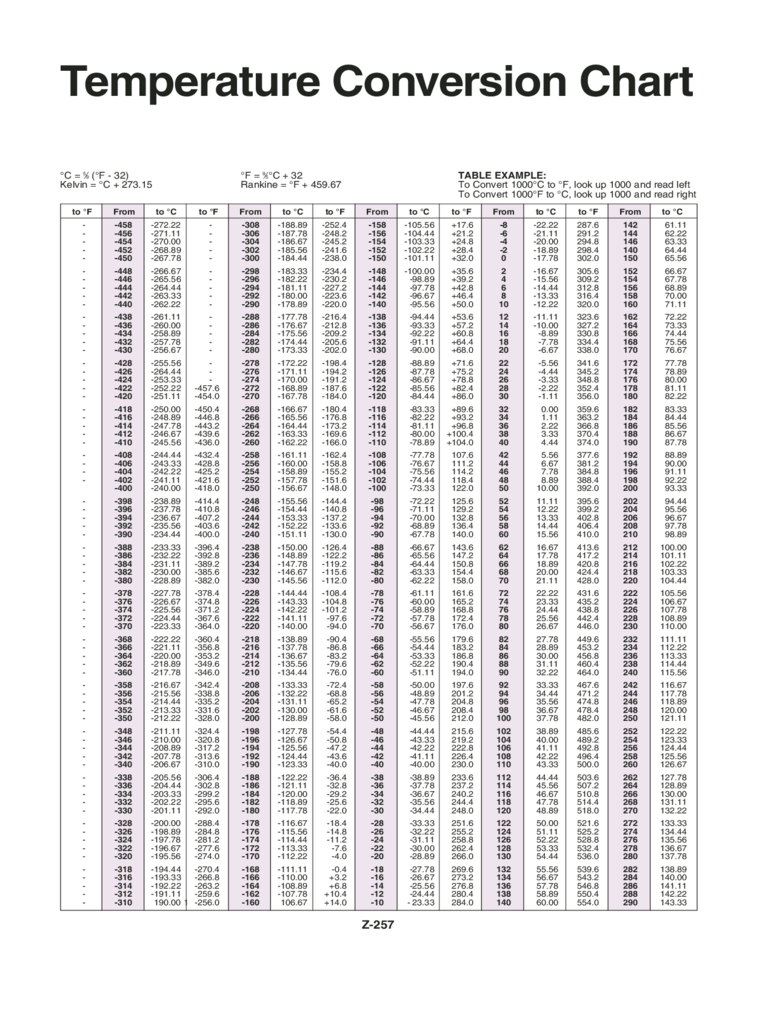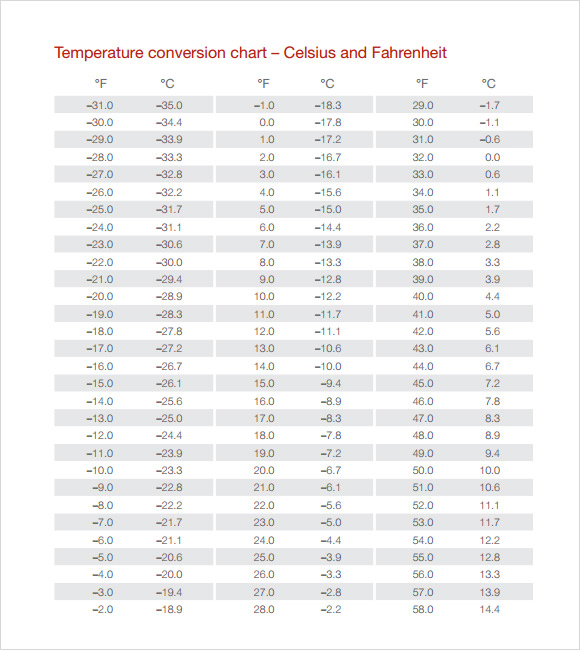
Overnight it consumes 21kW of lecky and sometimes will increase the temp from say 35 degrees (loss during the day when used) to 36 or 36.5 – sometimes not even that. Pleasingly, and even in the depths of winter there is very little loss during the day provided the spa is kept covered. My plan was to use the spa at 37 degrees for the older members of the family, and as the day went on to allow it to cool for younger members to swim in a cooler temperature. My new swimspa is struggling in trying to maintain 37 degrees c. Very many thanks for this wonderful ‘tool’ that has given me something ‘concrete’ on which to argue my case. How much depends on the shape of your pool, the quality of the insulation of the pool, the difference of the desired water temperature to the environment and how long you are willing to wait until it is heated.

For that reason, these values are the minimum and some margin should be added to them. For an electrical heater that can be a good assumption, but not for a gas heater.Īlso, the calculator is only correct in the theoretical case that while the water is being heated, no heat escapes from the water to the environment (air or walls etc.). Please remember, that the calculators above assume 100% conversion efficiency. I think of it this way: the power limit of heating coil simply submerged in water is reached when the water starts to boil around the coil while the water in other places is still much colder. This way a circulation develops in the water container given the shape of the water container permits it. Since water gets lighter when heated it will start to ascend around the coil and cold water will flow to the coil from below. When using a simple coil submerged in water, then it will start to heat the water just around it. The insulation of where the heating device sits and whether any heat can escape into something other than the water (like a wall, concrete etc.) is more important for efficiency.Īs for effectiveness, a large enough pipe with a pump can probably in theory transfer more heat per second (meaning power, e.g. I do not think it makes much of a difference in practice.Īs for efficiency, an electrical water heater can convert electricity with almost 100% efficiency to heat that can be transferred to the water. And as always, double check with some other source and my help is without any guarantee or similar. And for testing/sampling the cool-down, measure a larger drop in temperature, such as 10f, else the result will be unreliable (reading 1f or 2f changes off a small thermometer may be very inaccurate). Also, you should have some extra power available, just to be sure. That’s just an example, I have no idea how fast a tub cools down.

If you use a 611 watts heater in this example, then it will be about enough to reverse this cool-down from 105f to 103f by heating the water back up from 103f to 105f during the same period (realistically, of course, the water does not cool down, but stays at the same temperature). Using the “Water Heating Power Calculator” above (250 us gallons, start temperature 103f, end temperature 105f, 120min) tells us that a heating power of 611 watts is required. Let’s make a calculation example for a tub with 250 us gallons that cools down from 105f to 103f in 2 hours.

If you can test how fast the water cools down in your tub, then you can calculate how much heating power is required to prevent that from happening.

It very much depends on the surrounding temperature, the heat conductivity of your hot tub material, and the shape of the tub.īut I have an idea. That is impossible to calculate with the information given.


 0 kommentar(er)
0 kommentar(er)
